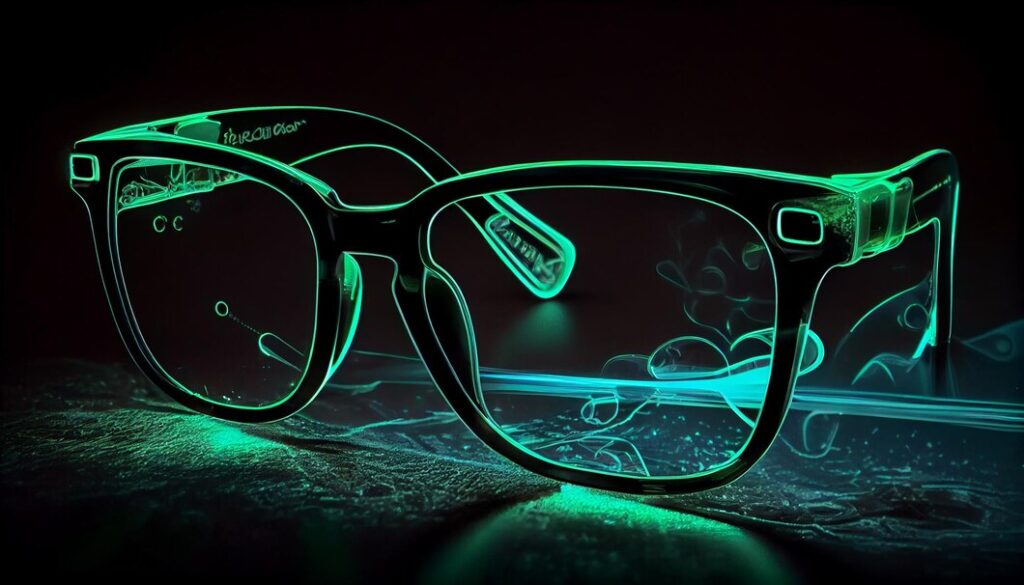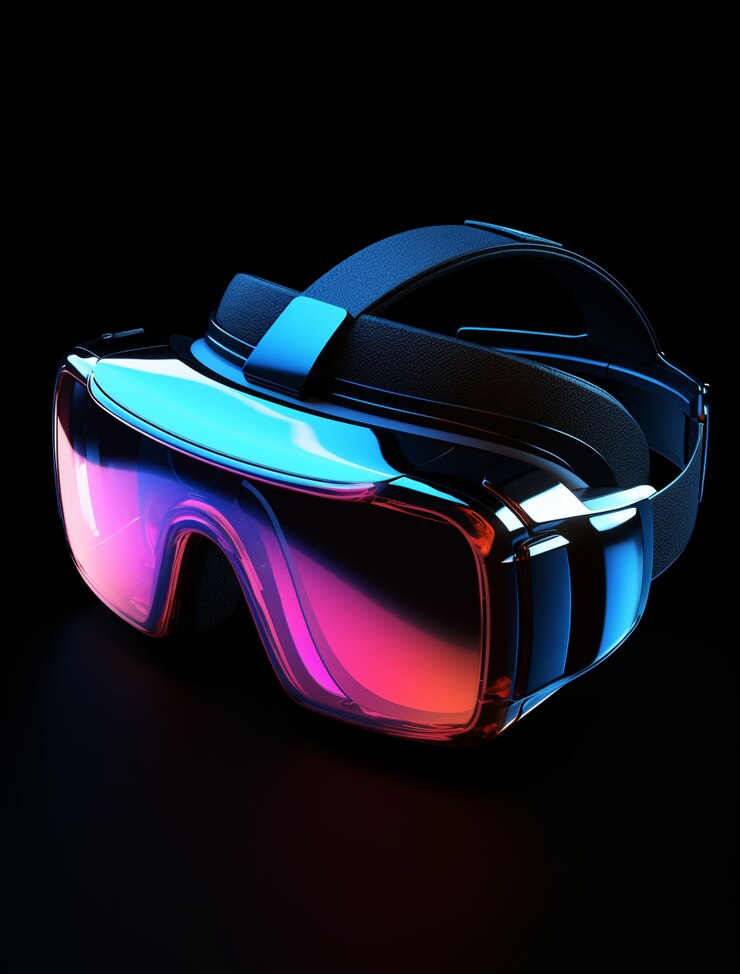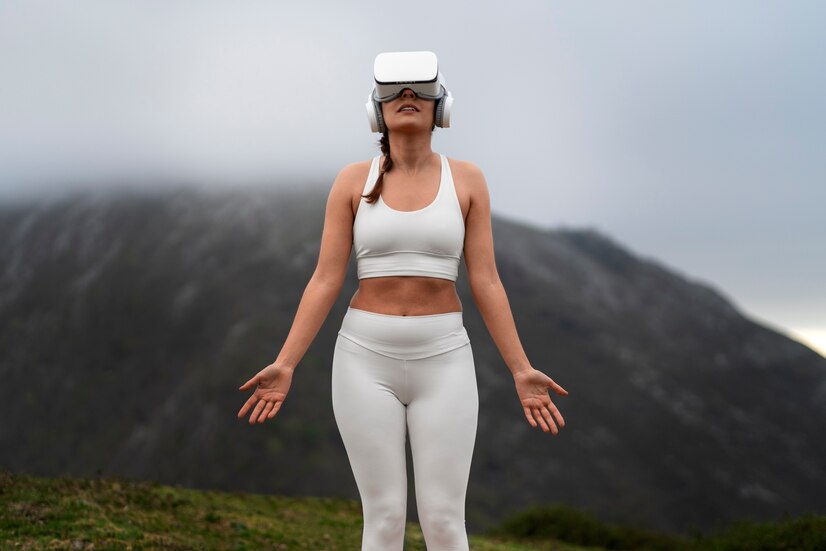The landscape of wearable technology is evolving at breakneck speed, transforming how we monitor health, stay connected, and enhance our daily lives. From advanced smartwatches that can detect irregular heart rhythms to smart rings that track sleep patterns with laboratory-level accuracy, today’s wearable tech news showcases innovations that seemed like science fiction just a few years ago.
As we navigate through 2025, the convergence of artificial intelligence, miniaturized sensors, and extended battery life has created a new generation of health tech devices. These aren’t just gadgets anymore—they’re becoming essential tools for preventive healthcare, fitness optimization, and seamless digital connectivity.
What Are the Latest Breakthroughs in Smartwatch Technology?
The smartwatch industry has witnessed remarkable advancements that go far beyond simple step counting and notification alerts. Today’s flagship devices pack powerful processors, sophisticated health sensors, and AI-driven features that rival medical-grade equipment.
Apple’s latest Watch Series has introduced groundbreaking blood glucose monitoring capabilities without requiring finger pricks. Using advanced spectroscopy and machine learning algorithms, the device provides continuous glucose readings that help millions manage diabetes more effectively. This non-invasive approach represents a massive leap forward in wearable health monitoring.
Samsung’s Galaxy Watch lineup now features advanced body composition analysis that measures muscle mass, body fat percentage, and metabolic rate. The technology uses bioelectrical impedance analysis (BIA) sensors integrated directly into the watch case, eliminating the need for separate fitness assessment devices.
Google’s Pixel Watch has revolutionized stress management with its new cortisol detection feature. By analyzing heart rate variability, skin temperature, and movement patterns, the device can predict stress levels hours before users consciously feel overwhelmed, enabling proactive wellness interventions.
How Do Modern Smartwatches Compare to Medical Devices?
The line between consumer wearables and medical devices continues to blur as smartwatches achieve FDA clearances for various health monitoring functions. Modern devices now offer electrocardiogram (ECG) readings, blood oxygen saturation monitoring, and atrial fibrillation detection with accuracy rates approaching clinical standards.
Several healthcare systems have begun integrating smartwatch data into electronic health records, allowing physicians to monitor patients remotely. This integration enables early detection of health issues and reduces the need for frequent in-person visits, particularly beneficial for chronic disease management.
The latest generation of smartwatches also features fall detection algorithms that have become sophisticated enough to distinguish between different types of falls and automatically alert emergency services when necessary. These life-saving features have already prevented countless medical emergencies from becoming tragedies.
Which Health Monitoring Features Are Revolutionizing Wearable Tech?
Beyond traditional fitness tracking, modern wearables now monitor an impressive array of health metrics that provide users with unprecedented insights into their wellbeing. These advanced features are transforming how we approach preventive healthcare and personal wellness.
Sleep tracking has evolved from simple duration measurements to comprehensive sleep stage analysis. Devices now monitor REM cycles, deep sleep phases, and sleep disruptions with clinical-grade accuracy. Some wearables even detect sleep apnea symptoms and provide actionable recommendations for improving sleep quality.
Temperature sensing capabilities have become increasingly sophisticated, with continuous skin temperature monitoring helping users track ovulation cycles, detect early illness symptoms, and optimize workout recovery. This data, combined with other biometric measurements, creates comprehensive health profiles that adapt to individual baselines.

Mental health monitoring represents one of the most significant advances in wearable technology. Devices now track mood patterns through voice analysis, movement patterns, and physiological markers. Some smartwatches can even detect early signs of depression or anxiety, prompting users to seek professional help when needed.
What Role Does AI Play in Modern Health Tech Wearables?
Artificial intelligence has become the backbone of modern wearable technology, transforming raw sensor data into actionable health insights. Machine learning algorithms continuously analyze patterns in user data to provide personalized recommendations and early warning signs of potential health issues.
AI-powered coaching features now offer real-time guidance during workouts, adjusting intensity recommendations based on heart rate variability, recovery status, and long-term fitness goals. These virtual coaches consider factors like sleep quality, stress levels, and previous workout history to optimize training programs.
Predictive health analytics represent perhaps the most exciting application of AI in wearables. By analyzing months or years of health data, these systems can identify subtle patterns that may indicate developing health conditions long before symptoms appear, enabling truly preventive healthcare approaches.
How Are Smart Rings Changing the Wearable Tech Landscape?
Smart rings have emerged as a compelling alternative to smartwatches, offering discrete health monitoring in an ultra-compact form factor. These tiny devices pack impressive technology into packages weighing just a few grams, making them ideal for continuous wear.
The Oura Ring’s latest generation features advanced sleep tracking algorithms that rival dedicated sleep labs. Its ability to measure heart rate variability, body temperature, and movement patterns provides insights into recovery, readiness, and overall health trends without the bulk of traditional wearables.
Samsung’s Galaxy Ring has entered the market with unique features like gesture controls and contactless payments. The device’s week-long battery life and water resistance make it practical for users who find smartwatches too intrusive or uncomfortable for extended wear.
Circular’s smart ring takes a different approach by focusing on personalized health insights through its adaptive AI system. The device learns individual patterns over time, providing increasingly accurate predictions about energy levels, optimal workout times, and stress management strategies.
Why Are Fitness Enthusiasts Choosing Smart Rings Over Smartwatches?
The minimalist design of smart rings appeals to athletes and fitness enthusiasts who want comprehensive health tracking without bulky devices interfering with their activities. Weightlifters, rock climbers, and swimmers particularly appreciate the unobtrusive form factor.
Smart rings excel at 24/7 monitoring since users rarely remove them, unlike smartwatches that often come off for charging or comfort. This continuous data collection provides more complete health pictures, especially for metrics like sleep quality and recovery patterns.
The extended battery life of smart rings—often lasting 4-7 days compared to 1-2 days for smartwatches—makes them ideal for outdoor adventures and travel. Users don’t need to worry about daily charging or carrying additional cables during extended trips.
What Innovative Features Define Next-Generation Fitness Trackers?
Fitness trackers have evolved far beyond simple pedometers, incorporating advanced sensors and algorithms that provide professional-grade training insights. These specialized devices now cater to specific sports and activities with unprecedented precision.
Garmin’s latest Forerunner series includes real-time stamina tracking that helps runners optimize pacing strategies during races. The devices analyze physiological metrics to predict how much energy remains in reserve, preventing premature fatigue and improving race performance.
Polar’s advanced fitness trackers now feature running power measurements without requiring external sensors. This metric helps athletes understand the actual effort required for different terrains and conditions, enabling more effective training programs.
WHOOP’s screenless design focuses entirely on recovery and strain optimization. The device’s sophisticated algorithms consider sleep quality, heart rate variability, and daily strain to recommend optimal training intensities and rest periods for peak performance.
How Do Modern Fitness Trackers Support Different Sports?
Sport-specific features have become a defining characteristic of modern fitness trackers. Swimming trackers now automatically detect stroke types and count laps in both pools and open water, while providing SWOLF scores for technique improvement.
Cycling computers integrated into wearable ecosystems offer advanced metrics like left/right power balance, pedaling efficiency, and real-time aerodynamic drag calculations. These features help cyclists optimize their position and technique for maximum efficiency.
Multi-sport devices seamlessly transition between activities during triathlons or adventure races, automatically detecting changes in sport type. This intelligent switching ensures accurate data collection without manual intervention during competitions.
Which Emerging Wearable Technologies Show the Most Promise?

The future of wearable technology extends far beyond current offerings, with several groundbreaking innovations approaching market readiness. These emerging technologies promise to further blur the lines between consumer electronics and medical devices.
Smart contact lenses represent one of the most ambitious frontiers in wearable tech. Companies like Mojo Vision are developing lenses with built-in displays that can show notifications, navigation directions, and health metrics directly in users’ field of vision without obstructing natural sight.
Electronic skin patches are gaining traction as ultra-thin, flexible wearables that adhere directly to the body. These patches can monitor various health metrics while being virtually invisible under clothing, making them ideal for continuous medical monitoring.
Brain-computer interface wearables are moving from research labs to consumer applications. Devices like NextMind’s neural interface can detect brain activity patterns, enabling hands-free control of smart home devices and computers through thought alone.
What Role Will Augmented Reality Play in Future Wearables?
Augmented reality (AR) glasses are poised to become the next major category in wearable technology. Apple’s Vision Pro and Meta’s smart glasses represent early attempts at mainstream AR wearables, with more refined versions expected soon.
These devices will overlay digital information onto the real world, providing navigation assistance, real-time language translation, and contextual information about surroundings. Health applications include visual guides for medical procedures and rehabilitation exercises.
The integration of AR with health monitoring creates possibilities for visualizing biometric data in real-time. Users could see their heart rate, calories burned, or stress levels as floating displays during workouts or daily activities.
How Is Wearable Tech Transforming Healthcare Delivery?
The integration of wearable technology into healthcare systems is revolutionizing patient care and medical research. Remote patient monitoring through wearables reduces hospital readmissions and enables early intervention for chronic conditions.
Clinical trials now incorporate wearable devices to collect continuous, real-world data from participants. This approach provides researchers with more comprehensive datasets than traditional periodic check-ups, accelerating drug development and treatment optimization.
Insurance companies have begun offering premium discounts for policyholders who share wearable data demonstrating healthy behaviors. This trend incentivizes preventive health measures while potentially reducing healthcare costs for both insurers and individuals.
Can Wearables Really Prevent Serious Health Conditions?
Early detection capabilities of modern wearables have proven effective in identifying various health conditions before they become serious. Irregular heart rhythm notifications have led to thousands of atrial fibrillation diagnoses, preventing potential strokes.
Continuous glucose monitors integrated with smartwatches help diabetics maintain better blood sugar control, reducing long-term complications. The convenience of wrist-based monitoring encourages more frequent checks and better adherence to treatment plans.
Fall detection and emergency SOS features have saved numerous lives, particularly among elderly users. These safety features provide peace of mind for both wearers and their families while maintaining independence.
What Privacy Concerns Surround Modern Wearable Devices?
As wearables collect increasingly intimate health data, privacy and security concerns have become paramount. Users must balance the benefits of health monitoring with potential risks of data breaches or unauthorized access to personal information.
Manufacturers have implemented advanced encryption and on-device processing to protect sensitive health data. Many devices now process information locally rather than sending raw data to cloud servers, reducing exposure to potential breaches.
Regulatory frameworks like GDPR and HIPAA provide some protection, but the rapid pace of innovation often outstrips legislative updates. Users should carefully review privacy policies and understand how their data is stored, processed, and shared.
How Can Users Protect Their Health Data?
Taking control of wearable data privacy starts with understanding device settings and permissions. Users should regularly review which apps have access to health data and revoke unnecessary permissions.
Enabling two-factor authentication on associated accounts adds an extra security layer. Regular software updates ensure devices have the latest security patches and privacy protections implemented by manufacturers.
Choosing wearables from established companies with strong privacy track records reduces risks. These manufacturers typically invest more in security infrastructure and are subject to stricter regulatory oversight.
FAQs
What Is the Average Battery Life of Modern Smartwatches?
Most flagship smartwatches offer 18-48 hours of battery life with typical use, though this varies significantly based on features enabled. Devices with always-on displays and continuous health monitoring drain batteries faster. Some fitness-focused watches can last 7-14 days by using power-efficient displays and limiting smart features.
Are Wearable Health Measurements Accurate Enough for Medical Decisions?
While modern wearables provide increasingly accurate measurements, they shouldn’t replace professional medical devices for critical health decisions. FDA-cleared features like ECG and blood oxygen monitoring approach medical-grade accuracy but should be used for screening rather than diagnosis. Always consult healthcare providers for medical concerns.
Can Multiple Wearable Devices Work Together?
Yes, many wearable ecosystems now support multiple devices working in harmony. For example, users might wear a smartwatch during the day and switch to a smart ring at night for sleep tracking. Health platforms like Apple Health and Google Fit aggregate data from various sources for comprehensive health pictures.
How Much Should I Expect to Spend on Quality Wearable Tech?
Entry-level fitness trackers start around $50-100, while feature-rich smartwatches range from $200-800. Specialized devices like smart rings typically cost $300-500. Premium models with advanced health features or luxury materials can exceed $1,000. Consider which features matter most for your needs rather than choosing based solely on price.
Do Wearables Work Without Smartphones?
Many modern wearables offer standalone functionality, though smartphones enhance their capabilities. LTE-enabled smartwatches can make calls, send messages, and stream music independently. However, initial setup, software updates, and detailed data analysis typically require smartphone companion apps.
What’s the Best Wearable for Beginners?
For those new to wearable tech, starting with a basic fitness tracker or entry-level smartwatch provides the best introduction. Devices like the Fitbit Charge or Apple Watch SE offer essential health monitoring features without overwhelming complexity. These options provide excellent value while helping users understand which advanced features they might want in future upgrades.
The wearable technology revolution shows no signs of slowing down. As devices become more sophisticated, affordable, and integrated into our daily lives, they’re transforming from novel gadgets into essential health and wellness tools. Whether you’re a fitness enthusiast, health-conscious individual, or technology early adopter, there’s never been a better time to explore how wearable tech can enhance your life.
